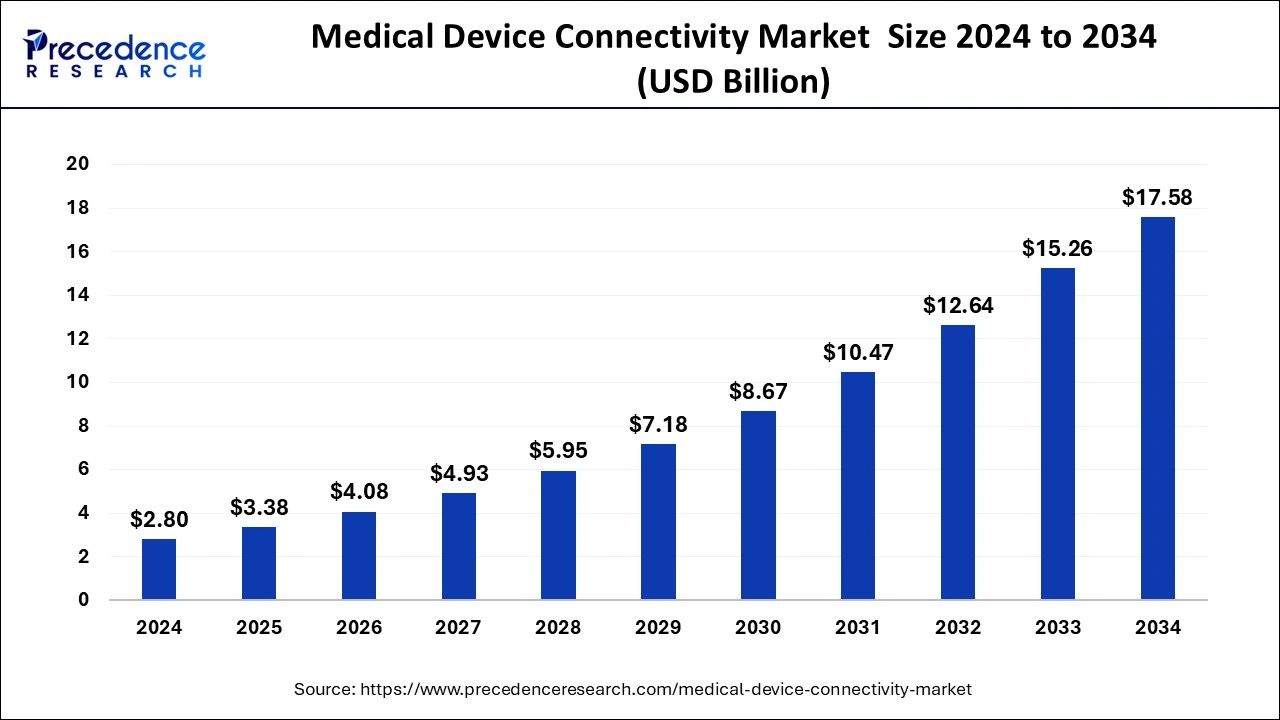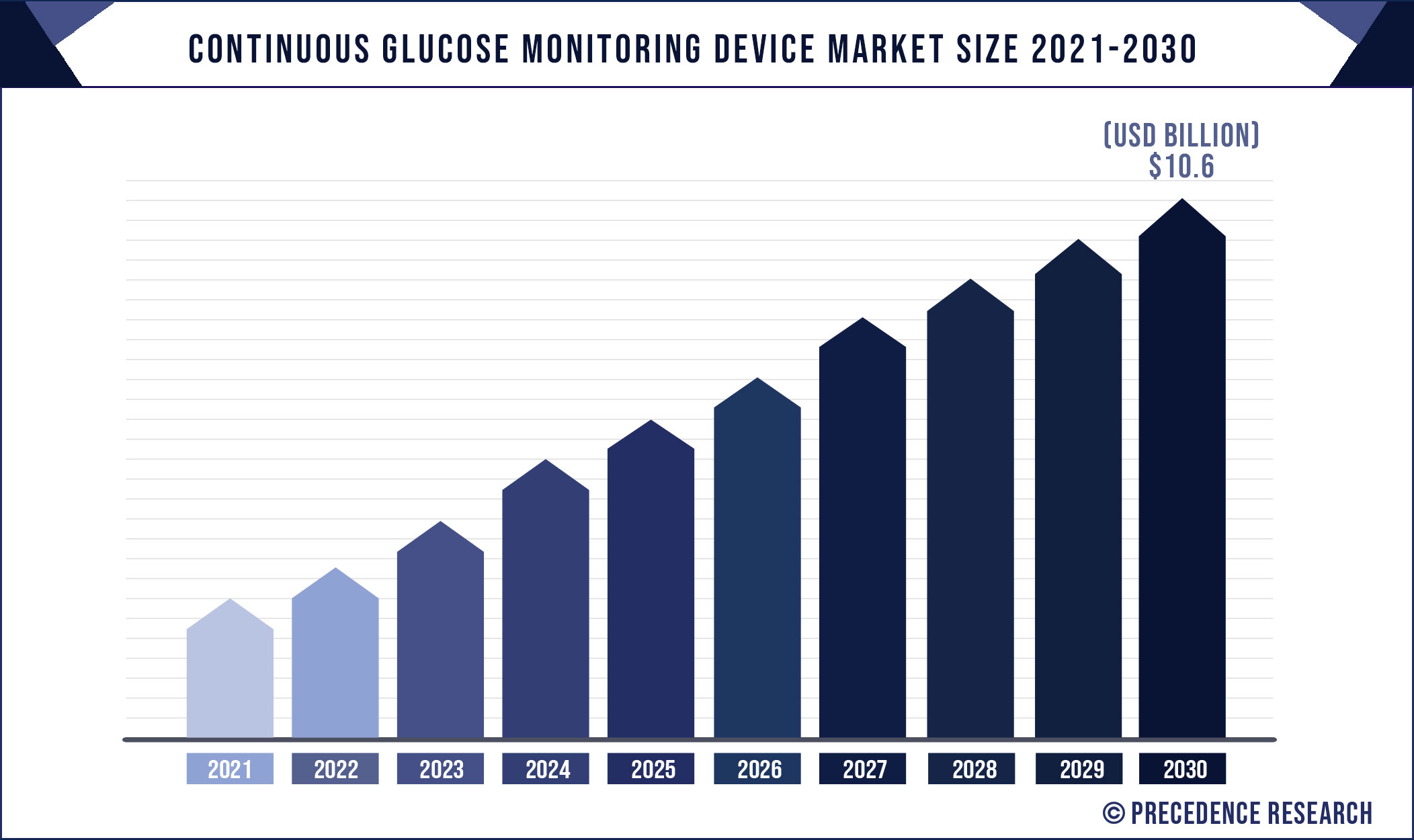The global medical device connectivity market size is estimated to rake around USD 15.26 billion by 2033, growing at a CAGR of 20.74% from 2024 to 2033.
Key Points
- North America has contributed 36% of market share in 2023.
- Asia Pacific is estimated to expand the fastest CAGR of 25.7% between 2024 and 2033.
- By components, in 2023, the wireless segment held the highest market share of 48%.
- By components, the wired segment is anticipated to witness rapid growth at a significant CAGR during the projected period.
- By application, the hospitals segment has held the biggest market share in 2023.
- By application, the ambulatory care centers segment is anticipated to witness significant growth over the projected period.
The Medical Device Connectivity Market is witnessing significant growth, driven by the increasing adoption of electronic health records (EHRs) and the need for interoperability among medical devices and healthcare IT systems. This market encompasses technologies and solutions that enable medical devices to securely connect and communicate with electronic health records (EHR) systems, hospital information systems (HIS), and other healthcare IT platforms. The demand for medical device connectivity solutions is rising due to their ability to enhance clinical workflows, improve patient care, and facilitate data-driven decision-making in healthcare settings. Key stakeholders, including healthcare providers, medical device manufacturers, and IT vendors, are actively investing in connectivity solutions to streamline healthcare delivery and improve patient outcomes.
Get a Sample: https://www.precedenceresearch.com/sample/3996
Growth Factors:
Several factors are driving the growth of the Medical Device Connectivity Market. One of the primary drivers is the growing emphasis on digitization and automation in healthcare. With the increasing adoption of electronic medical records and digital health technologies, there is a growing need to integrate medical devices with healthcare IT systems for seamless data exchange and communication. Moreover, the rising prevalence of chronic diseases and the aging population are fueling the demand for remote patient monitoring solutions, driving the adoption of connected medical devices. Additionally, regulatory mandates and initiatives aimed at promoting interoperability and data exchange in healthcare, such as the Health Information Technology for Economic and Clinical Health (HITECH) Act in the United States, are driving the uptake of medical device connectivity solutions.
Region Insights:
The Medical Device Connectivity Market exhibits significant regional variation, with North America leading in terms of market share. The region’s dominance can be attributed to factors such as the presence of advanced healthcare IT infrastructure, high adoption rates of electronic health records (EHRs), and favorable government initiatives promoting healthcare interoperability. Europe is also a prominent market for medical device connectivity, driven by increasing healthcare digitization efforts and supportive regulatory frameworks. In the Asia-Pacific region, rapid urbanization, growing healthcare expenditure, and increasing awareness about the benefits of connected healthcare solutions are driving market growth. Emerging economies like China and India are witnessing substantial investments in healthcare IT infrastructure, contributing to the expansion of the market in the region.
Medical Device Connectivity Market Scope
| Report Coverage | Details |
| Growth Rate from 2024 to 2033 | CAGR of 20.74% |
| Global Market Size in 2023 | USD 2.32 Billion |
| Global Market Size by 2033 | USD 15.26 Billion |
| U.S. Market Size in 2023 | USD 580 Million |
| U.S. Market Size by 2033 | USD 3,850 Million |
| Base Year | 2023 |
| Forecast Period | 2024 to 2033 |
| Segments Covered | By Components and By Application |
| Regions Covered | North America, Europe, Asia-Pacific, Latin America, and Middle East & Africa |
Medical Device Connectivity Market Dynamics
Drivers:
Several drivers are propelling the growth of the Medical Device Connectivity Market. One of the key drivers is the need to improve operational efficiency and patient care in healthcare settings. By enabling real-time monitoring and data sharing, medical device connectivity solutions help healthcare providers make informed decisions, reduce errors, and enhance patient outcomes. Moreover, the shift towards value-based care and the emphasis on preventive healthcare are driving the adoption of remote patient monitoring solutions, which rely heavily on connected medical devices. Additionally, the proliferation of wearable devices and mobile health apps is creating new opportunities for medical device connectivity, as these devices generate vast amounts of health data that need to be integrated into the healthcare ecosystem.
Opportunities:
The Medical Device Connectivity Market presents numerous opportunities for stakeholders across the healthcare value chain. One significant opportunity lies in the development of innovative connectivity solutions that address the evolving needs of healthcare providers and patients. There is a growing demand for interoperable and scalable connectivity platforms that can seamlessly integrate with existing healthcare IT systems and support a wide range of medical devices. Furthermore, with the increasing focus on telemedicine and remote patient monitoring, there is a growing need for secure and reliable connectivity solutions that can facilitate virtual care delivery. Moreover, as healthcare organizations strive to improve care coordination and patient engagement, there is a growing demand for integrated solutions that enable seamless communication and collaboration among care teams.
Restraints:
Despite the promising growth prospects, the Medical Device Connectivity Market faces several challenges and restraints. One of the primary challenges is the complexity of integrating diverse medical devices with existing healthcare IT systems. Many medical devices use proprietary communication protocols and data formats, making interoperability a significant challenge. Moreover, ensuring the security and privacy of medical data transmitted between devices and IT systems remains a major concern for healthcare organizations. The proliferation of connected medical devices also increases the risk of cybersecurity threats, such as data breaches and malware attacks. Additionally, concerns about the regulatory landscape and compliance requirements pose challenges for market players, particularly in terms of navigating complex regulatory frameworks and ensuring compliance with data protection regulations such as the Health Insurance Portability and Accountability Act (HIPAA) in the United States and the General Data Protection Regulation (GDPR) in Europe.
Read Also: Cord Blood Banking Market Size to Grow USD 27.55 Bn by 2033
Recent Developments
- In October 2023, Philips unveiled new interoperability features aimed at providing hospitals with a comprehensive patient health overview for enhanced monitoring and care coordination. By integrating Philips Capsule Medical Device Information Platform (MDIP) with Philips Patient Information Center iX (PIC iX), the company offers a unique patient monitoring ecosystem, bringing together diverse medical devices and systems onto a single interface. This interoperability allows clinicians to access streaming data from various device manufacturers on an open, secure platform, offering a new clinical perspective.
- In February 2023, the province of Nova Scotia collaborated with Nova Scotia Health Authority (NSHA) and IWK Health (IWK) to implement an integrated electronic care record system across the province, facilitated by Oracle Cerner. This technology aims to improve healthcare professionals’ access to patient information.
- In 2021, Koninklijke Philips N.V. entered into an agreement to acquire Capsule Technologies Inc., a leading provider of medical device integration and data technologies to healthcare organizations. This strategic move was intended to bolster Philips’ position in delivering connectivity solutions for patient care management within hospital settings.
- In 2021, Masimo Corporation introduced iSirona, a connectivity solution designed to integrate with electronic medical records (EMRs), surveillance monitoring, alarm management, mobile notifications, smart displays, and analytics.
Medical Device Connectivity Market Companies
- Cerner Corporation (U.S.)
- Medtronic (Ireland)
- Masimo (U.S.)
- Koninklijke Philips N.V. (Netherlands)
- General Electric (U.S.)
- Stryker (U.S.)
- iHealth Labs Inc., (U.S.)
- Cisco Systems, Inc. (U.S.)
- Lantronix Inc. (U.S.)
- Infosys Limited (India)
- Silicon & Software Systems Ltd. (Ireland)
- Hill-Rom Services Inc. (U.S.)
- Silex Technology America, Inc (Japan)
- Digi International Inc. (U.S.)
- Baxter (U.S.)
- TE Connectivity (Switzerland)
- Bridge-Tech (U.S)
- MediCollector (U.S.)
Segments Covered in the Report
By Components
- Wireless
- Wired
- Hybrid Technologies
By Application
- Hospitals
- Home Healthcare Centers
- Diagnostic Centers
- Ambulatory Care Centers
By Geography
- North America
- Europe
- Asia-Pacific
- Latin America
- Middle East and Africa
Contact Us:
Mr. Alex
Sales Manager
Call: +1 9197 992 333
Email: sales@precedenceresearch.com
Web: https://www.precedenceresearch.com
Blog: https://www.expresswebwire.com/
Blog: https://www.uswebwire.com/
Blog: https://www.dailytechbulletin.com/
Blog: https://www.autoindustrybulletin.com/



